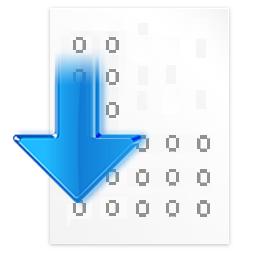In some medical imaging tasks and other settings where only small parts of the image are informative for the classification task, traditional CNNs can sometimes struggle to generalise. Manually annotated Regions of Interest (ROI) are sometimes used to isolate the most informative parts of the image. However, these are expensive to collect and may vary significantly across annotators. To overcome these issues, we propose a framework that employs saliency maps to obtain soft spatial attention masks that modulate the image features at different scales. We refer to our method as Adversarial Counterfactual Attention (ACAT). ACAT increases the baseline classification accuracy of lesions in brain CT scans from 71.39% to 72.55% and of COVID-19 related findings in lung CT scans from 67.71% to 70.84% and exceeds the performance of competing methods. We investigate the best way to generate the saliency maps employed in our architecture and propose a way to obtain them from adversarially generated counterfactual images. They are able to isolate the area of interest in brain and lung CT scans without using any manual annotations. In the task of localising the lesion location out of 6 possible regions, they obtain a score of 65.05% on brain CT scans, improving the score of 61.29% obtained with the best competing method.
翻译:ACAT: Adversarial Counterfactual Attention是一种针对医学影像分类和检测的框架。在某些医学影像任务以及其他仅有局部图像用于分类任务的场景中,传统的CNN可能会出现泛化困难的情况。人工注释的兴趣区域有时被用于隔离图像中最具信息价值的部分。然而,这些需要花费巨大,并且可能在多个注释者之间存在显著差异。为了克服这些问题,我们提出了一种利用显著度图来获得软空间注意力掩码的框架,从而在不同尺度上调节图像特征。我们称之为Adversarial Counterfactual Attention(ACAT)。ACAT将脑CT扫描中的病变分类准确率从71.39%提高至72.55%,将与COVID-19相关的肺CT扫描的检测精度从67.71%提高至70.84%,并超过了竞争方法的性能。我们调研了生成我们架构中使用的显著度图的最佳方式,并提出了从对抗性生成的反事实图像中获取它们的方法。他们能够在不使用任何手动注释的情况下隔离出脑和肺CT扫描中的感兴趣区域。在确定病变所在位置的任务中,他们在6个可能区域中取得了65.05%的得分,提高了与其他最佳方法的61.29%得分。


